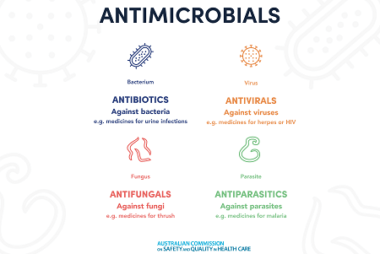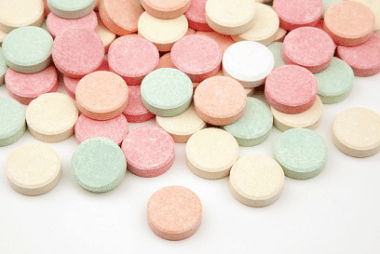Detergents
Detergents are cleaning agents that are designed to remove dirt, stains, and other unwanted substances from surfaces, such as clothes, dishes, and household surfaces. They work by reducing the surface tension of water, which allows the water to penetrate more deeply into fabrics and other surfaces, and lift away dirt and grime. There are many…









